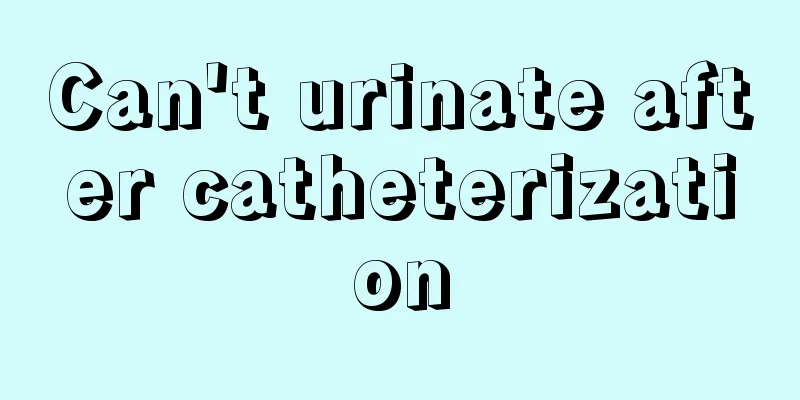Removal of ammonia nitrogen from wastewater

|
Whether at work or in life, we cannot avoid producing a large amount of wastewater. In addition to domestic water, industrial wastewater is also very large. But everyone knows that the fresh water resources on the earth are limited, so wastewater also needs to be used reasonably. In particular, a lot of wastewater can be reused after treatment. Wastewater mainly contains a lot of ammonia and nitrogen, which can be reused after being removed. So, how to remove ammonia and nitrogen from wastewater?
This method oxidizes the ammonia in the wastewater into N2 by adding excess chlorine or sodium hypochlorite. The breakpoint chlorination method has a high removal rate for ammonia nitrogen, a more stable treatment effect, and is not affected by water temperature. However, the operating costs are relatively high during the treatment process. 2) Air stripping method: Under alkaline conditions, ammonia nitrogen mainly exists in the form of NH3. By allowing the wastewater to fully contact with the air, the volatile NH3 in the water will transfer from the liquid phase to the gas phase. It is affected by factors such as wastewater pH, temperature, hydraulic load, and scaling control.
Under aerobic conditions, ammonia nitrogen is oxidized into nitrite nitrogen and nitrate nitrogen by the action of nitrite bacteria and nitrate bacteria. Factors such as temperature, pH value, dissolved oxygen, etc. will affect the treatment effect.
The three-dimensional scaling of zeolite has regular pore structure and holes for screening and exchange adsorption. This method is greatly affected by the pH value of the solution. Among the many ammonia nitrogen wastewater treatment processes, the physical and chemical method has a relatively high operating cost and is prone to secondary pollution and other problems, so its actual application is subject to certain restrictions. However, the biological method for treating ammonia nitrogen wastewater is more economical and has better treatment effects, so it is widely used. During the removal of ammonia nitrogen from wastewater, the treatment effect is affected by factors such as temperature, pH, and effluent, and the treatment results may have a certain gap with the emission standards. When encountering this phenomenon, it is recommended to add ammonia nitrogen treatment agents for auxiliary treatment, which can reduce ammonia nitrogen to below the emission standard. This agent is a functional agent specially designed for low-concentration wastewater treatment. It is easy to operate and can be added at the front end of the discharge port without changing the original treatment process. |
<<: Are toner and moisturizer the same?
>>: How to remove blood stains
Recommend
What are the pros and cons of taking a cold shower?
Taking a bath is something people do frequently. ...
Comprehensive understanding of metabolic diseases
What are metabolic diseases? I believe everyone h...
What to do about hair loss caused by seborrheic dermatitis?
The most obvious feature of seborrheic dermatitis...
What is the postoperative care for bladder cancer
Bladder cancer is a relatively common malignant t...
Acupuncture treatment can be used for lung cancer patients
Acupuncture is a unique means of treating disease...
Why do I always fart loudly?
Farting is a normal physiological phenomenon. Hea...
Does colon cancer require surgical treatment?
Colon cancer is a common malignant tumor of the d...
What are the standards for grading hypertension?
In daily life, hypertension is a common physical ...
Common knowledge about complications and care of laryngeal cancer
Laryngeal cancer is a malignant tumor of the lary...
What is the difference between an air fryer and an oven
At present, people's living standards are get...
What methods are generally used to treat lung cancer? Several commonly used treatments for lung cancer
The main treatment for lung cancer is lung cancer...
Is back pain caused by uremia?
Uremia is a comprehensive disease. It does not si...
What are some ways to suppress appetite?
Controlling appetite is actually very important f...
What is the process of all-ceramic teeth?
All-ceramic teeth are also called all-ceramic cro...
Causes of Breast Cancer
Causes of Breast Cancer: Breast cancer usually ha...









